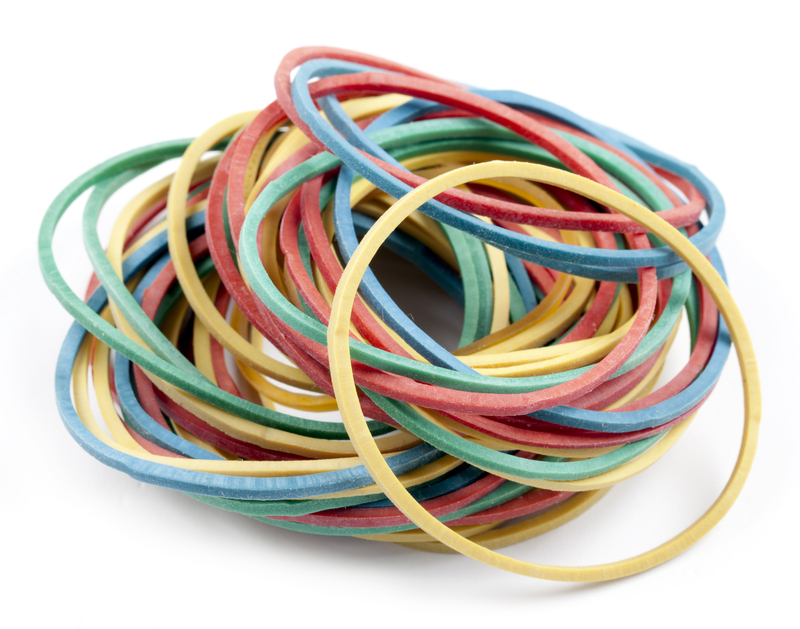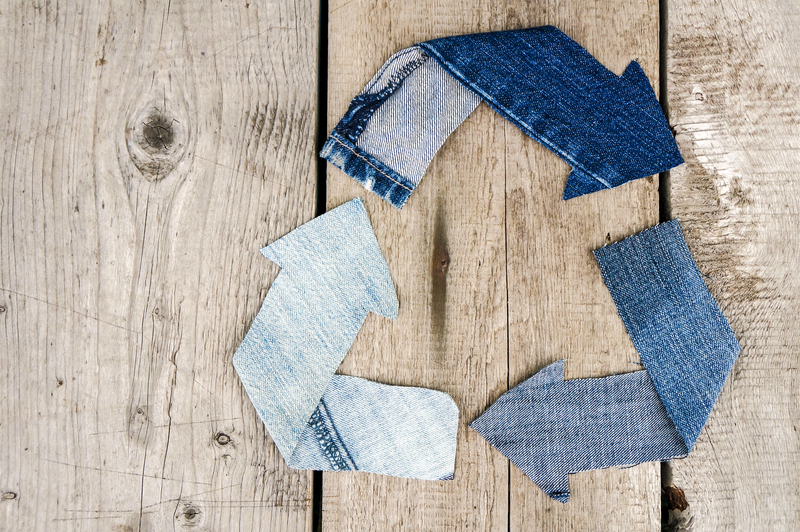Tackling the Tide: Can We Stop Microplastic Pollution?
Microplastic pollution has become a pressing environmental issue, impacting oceans, wildlife, and human health. With the rapid increase of plastic production and consumption, the issue of microplastic pollution has swiftly emerged as a formidable challenge for scientists, policymakers, and environmentalists. While the scale of the problem is vast, exploring solutions offers hope. This article dives deep into understanding what microplastics are, their impact on the environment, and strategies developed to tackle this mounting concern.
What are Microplastics?
Microplastics are tiny plastic particles typically less than 5mm in diameter. They are either manufactured at this size for use in products like cosmetics or result from the breakdown of larger plastics. Subcategories include microbeads, microfibers, and fragments from larger plastic debris.
The Impact of Microplastics on the Environment
- Ocean Pollution: The majority of microplastics end up in the oceans, affecting marine life profoundly. Fish and other sea animals ingest these particles, mistaking them for food, leading to toxicity and physical harm.
- Wildlife Threats: Research indicates that microplastics can accumulate in the bodies of various species, causing physical blockages and internal damages. This contamination can then make its way up the food chain, impacting larger animals and potentially humans.
- Soil and Freshwater Impact: Microplastics aren't confined to marine environments. They have been found in soil and freshwater systems, affecting everything from agricultural lands to our drinking water.
Health Concerns Associated with Microplastics
Though the full effects on human health are not entirely understood, preliminary studies suggest potential risks. Microplastics can carry toxins and pathogens that might pose threats to human safety. As these particles permeate our food systems through seafood and other sources, the need to understand and mitigate their impact becomes even more urgent.


Can We Stop Microplastic Pollution?
While eliminating microplastic pollution seems daunting, strategic interventions and innovative solutions offer promising avenues. By focusing on prevention, technological innovation, and public awareness, it is possible to manage and reduce the prevalence of microplastics in our environment.
Prevention Strategies
- Reducing Plastic Use: The most straightforward approach involves reducing plastic consumption. Encouraging the use of natural alternatives, enhancing recycling efforts, and supporting plastic-free product innovations are key steps.
- Policy Implementation: Government policies can play a critical role by enforcing regulations that limit plastic production and promote recycling. Bans on single-use plastics have shown positive results in many regions.
Technological Innovations
The quest to tackle microplastic pollution harnesses groundbreaking technologies:
- Microplastic Filtering Systems: Enhanced filtration systems in wastewater treatment plants can capture microplastics before they enter water bodies.
- Biodegradable Plastics: Development of fully biodegradable alternatives can lessen the environmental footprint of plastic products.
- Cleanup Technologies: Innovations like ocean-cleaning devices and shoreline cleanup initiatives help remove existing microplastics from the environment.
Raising Awareness and Education
Empowering the public with knowledge is a fundamental pillar in the fight against microplastic pollution. Through education campaigns, individuals can be informed about the dangers of microplastics and the role they can play in reducing them. Schools, community groups, and social media platforms are excellent channels for spreading this critical information.
The Role of Research and Collaboration
To effectively combat microplastic pollution, increased investment in research and development is essential. Collaboration between scientists, policymakers, industry leaders, and environmental organizations can drive significant progress. By pooling resources, sharing data, and synchronizing efforts, we can design more effective strategies and policies.
Future Outlook
The journey to mitigate microplastic pollution will undoubtedly be challenging. However, with concerted efforts across various sectors, the prospects for improvement are hopeful. Advances in technology, combined with a shift in societal behaviors and strong policy support, lay the foundation for a future where microplastic pollution is no longer an overwhelming menace.
While we may not completely eliminate microplastics in the near-term, implementing the right strategies can significantly curb their impact. The broader community must engage in this environmental imperative with urgency and determination, ensuring that the tide of microplastic pollution turns towards a more sustainable horizon.